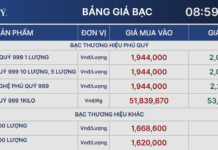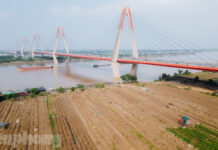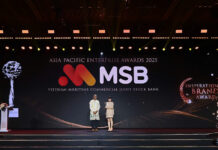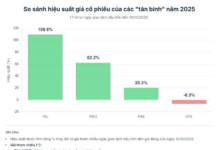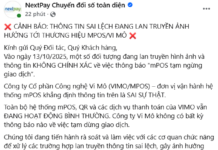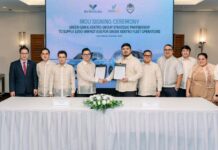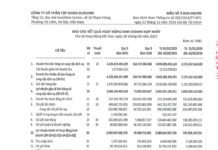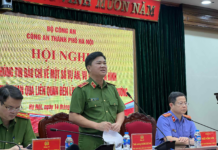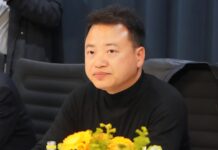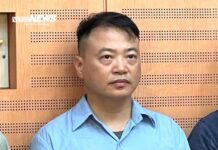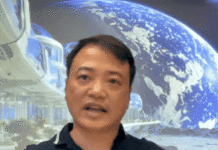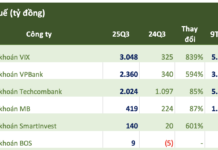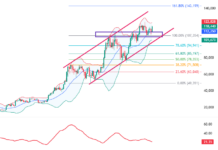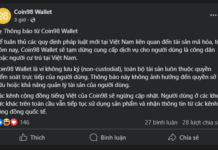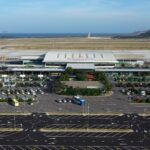On September 25, the Trump Organization and Hung Yen Hotel Services JSC announced their partnership to develop a $1.5 billion project in Vietnam. The project will include a 5-star hotel, an international-standard golf course, upscale residential areas, and world-class amenities.
Hung Yen Hotel Services JSC is a subsidiary of Kinh Bac City Development Holding Corporation (KBC), a leading urban development company in Vietnam. Mr. Dang Thanh Tam, the current Chairman of Kinh Bac City Development, has a proven track record of attracting foreign investment to the country.
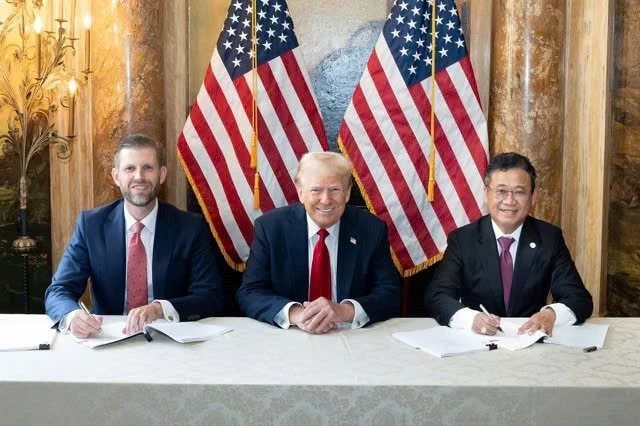
Prior to this historic partnership with the Trump Organization, Mr. Tam has successfully attracted other global giants to invest in Vietnam, particularly in the industrial parks of Kinh Bac City Development.
One of Mr. Tam’s most notable achievements was attracting Foxconn, the world’s leading electronics manufacturing services provider, to Vietnam. Foxconn has a market share of over 40% and offers a range of products, including consumer electronics, cloud computing, computer peripherals, and more.
According to Mr. Tam, Foxconn’s interest in Vietnam began after the APEC 2006 meeting. He recounted how he facilitated introductions between Foxconn’s leadership and various local governments in Vietnam.
“I used to think that investors would only be interested in areas with existing infrastructure and convenient transportation. But I learned that only small investors think that way. Large investors actually prefer areas without established infrastructure because land is cheaper, and they need a lot of land. They will build not just factories but entire thriving cities,” Mr. Tam shared.
As a result of Mr. Tam’s efforts, Foxconn officially entered Vietnam in 2007 with the establishment of the Hong Hai Science and Technology Group. As of the end of 2023, Foxconn has invested $1.5 billion in Vietnam, employing 53,000 people and building seven modern factories in industrial parks across the country.
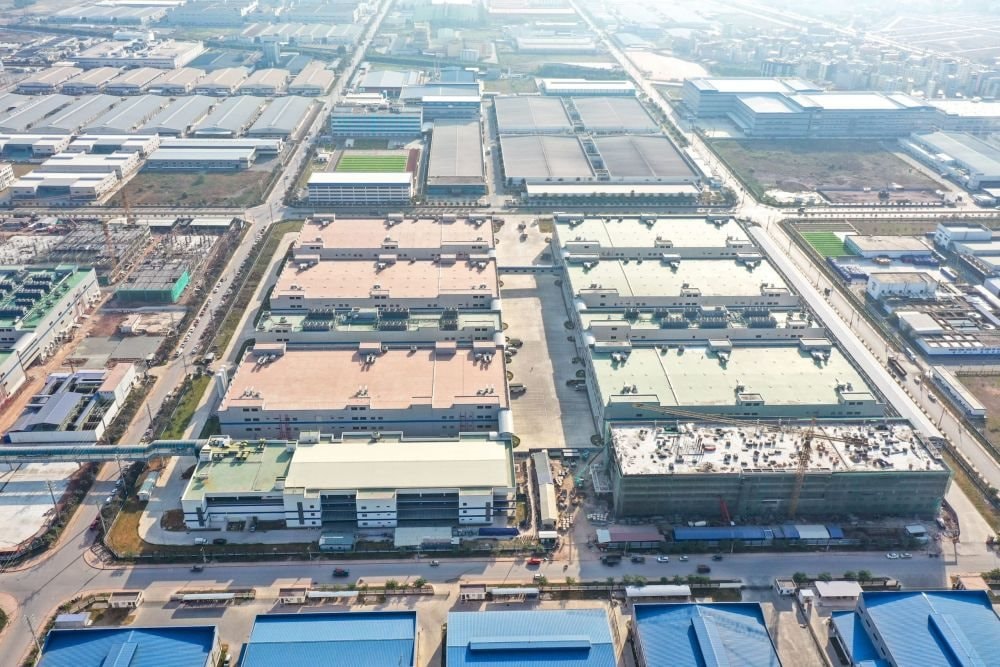
Foxconn’s factory in Bac Giang, Vietnam.
Another significant deal facilitated by Mr. Tam was attracting LG to Hai Phong, Vietnam. In an interview, Mr. Tam shared that he first made contact with LG’s leadership in 2012 and began negotiations from there.
“I was an APEC advisor at the time, and during a meeting in Vladivostok, Russia, LG’s leadership expressed their interest in investing in Vietnam. They said that if we truly wanted them to invest, the Chairman of the Hai Phong People’s Committee at the time, Mr. Duong Anh Dien, would have to meet and discuss with them directly. Large investors want to hear promises from local government leaders,” Mr. Tam explained.
Following these discussions, Mr. Tam and Mr. Dien flew to South Korea to meet with the Chairman of LG, expressing their sincerity and making commitments on behalf of the local government.
As a result, LG Electronics officially invested in Hai Phong in 2013, establishing an electronics manufacturing complex in the Trang Due Industrial Park. As of the end of 2023, LG has invested in seven high-tech projects in the park, including the production of audiovisual equipment, mobile devices, home appliances, and air conditioners.
The total investment of LG’s projects in the complex amounts to $7.24 billion, accounting for 38.2% of the total FDI investment in Hai Phong’s industrial parks and economic zones. Three of LG’s projects are among the top 20 largest Korean investments in Vietnam: LG Display, LG Electronics, and LG Innotek.
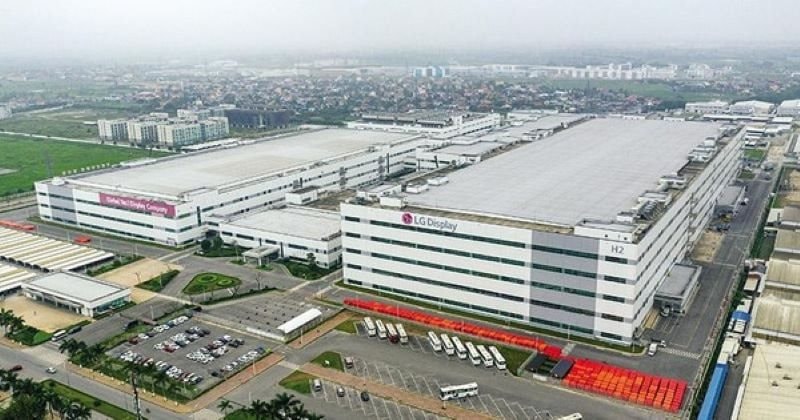
LG Display’s factory in Hai Phong, Vietnam.
In addition to LG and Foxconn, Mr. Tam has successfully attracted other global companies to Vietnam, including Goertek, Canon, and Ingrasys. He has also had discussions with leaders of other prominent corporations, such as TMSC, Acer Inc., and Dragoman Pty. Ltd.
One of Mr. Tam’s key advantages in attracting FDI to Vietnam is his association with Kinh Bac City Development, which owns and operates a significant portion of the country’s industrial parks.
Kinh Bac City Development currently holds 6,611 hectares of land for industrial parks, accounting for 5.1% of the country’s total industrial park land. They own large industrial parks such as Tan Phu Trung in Ho Chi Minh City (590 ha), Que Vo in Bac Ninh (600 ha), Nam Son Hap Linh in Bac Ninh (402 ha), Quang Chau in Bac Giang (426 ha), Dai Dong Hiep Son (400 ha), Trang Due in Hai Phong (600 ha), and Phuong Nam in Quang Ninh (569 ha).
In addition to industrial parks, Kinh Bac City Development also owns 1,413.3 hectares of land for urban development in various provinces and cities across Vietnam, as well as 117.7 hectares of land designated for factory construction.
Mr. Tam’s extensive network and relationships, built through his active participation in international economic integration, have also played a crucial role in attracting foreign investment.
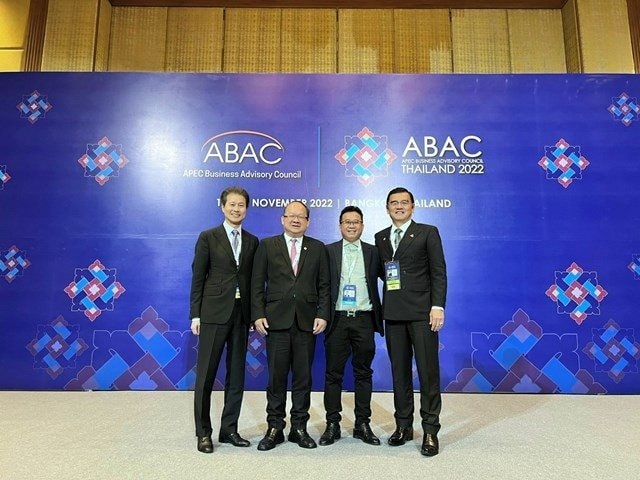
In an interview, Mr. Tam shared his secrets to attracting foreign investors to Vietnam: “We ask investors where they would like to go. Then, we take them to different provinces to meet and assess the opportunities. The first thing investors look for is the trustworthiness and sincerity of the local government leaders. They want to know if the leaders truly want them to invest and if they will help resolve any issues that may arise during the operation. That’s why it’s important for local leaders to get personally involved and keep their promises,” Mr. Tam explained.

